

1. They are not appropriate in a natural area that promotes self-reliance
2. They save lives
I share the philosophical concern and wouldn’t be upset if cell phones were outlawed in Wilderness Areas. On the other hand with the advent of the smart phone which, besides the phone, can include a GPS, map, compass, book collection, and many other handy applications all in one device, they are incredibly handy. Some of these applications may require a cell connection while others may not. I have frequently brought a cell phone on my backcountry travels for its camera and HD video capability. I have also frequently used my cell phone’s GPS although I generally find it to be inadequate because it quickly drains the phone’s battery. I usually carry an extra phone battery. During hunting season I frequently use a cell phone to keep in contact with my hunting buddies. I do not bring it for safety purposes although I would use it for such if it happened to work when I needed it. When I hike alone, for safety, I bring a Personal Locator Beacon (PLB). I bring a SPOT, which is a sophisticated version of a PLB. Whether you carry a cell phone (smart phone or otherwise) or PLB I recommend you keep the following in mind:
1. It may not work! PLBs are much more reliable than cell phones with cell phone coverage notoriously spotty in remote areas. Both can fail when you need them most. Plan accordingly.
2. Don’t let an electronic communication device take the place of a good emergency plan! Make an emergency plan as if you don’t have a cell phone. Utilize a Backcountry Trip Planner and carry an Emergency Backcountry Search & Rescue Report form. If you bring a cell phone into the Wilderness and it works for you, great; it may speed your emergency care. If it doesn’t work, your plan still will.
3. Don’t expect to do something stupid and then count on a cell phone, PLB, or other electronic device to rescue you. They won’t. Electronic devices don’t perform rescues; people do and risk their lives in the process.
To See Tip #8 click here
To See Tip #10 click here
Adapted from The Camper’s Guide to Outdoor Pursuits by Jack Drury and Eric Holmlund published in 2006 by Sagamore Publishing
Additional readings on the topic of cell phones:
- http://faculty.deanza.edu/donahuemary/stories/storyReader$1068 article about cell phones, pbls, and the impact of search and rescues.
- http://www.nationalparkstraveler.com/2009/04/yellowstone-national-park-no-cellphone-towers-campgrounds-or-recommended-wilderness-limits-w The Yellowstone National Park ban on cell phone towers.
- http://freeoutdoors.com/blog/wilderness/cell-phones - A well thought out article on the limitations of cell phone use in the backcountry.

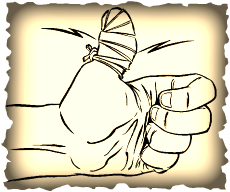
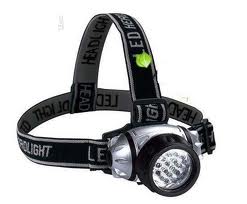
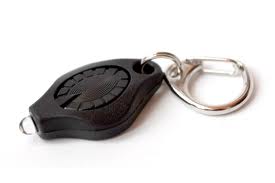




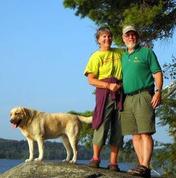
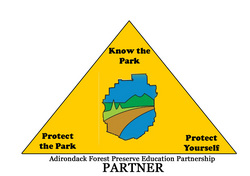
 RSS Feed
RSS Feed

